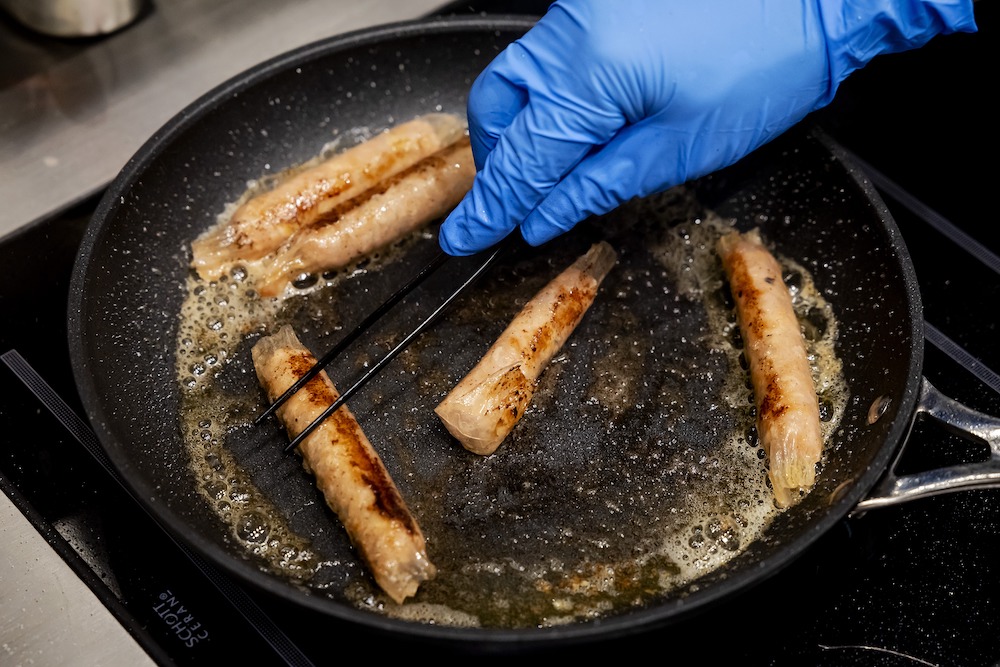Saw a technical seminar today by an academic engineer who claims to be a pioneer in lab grown meat research. His students have founded some of the recent startup companies in this space.
Overall, I was unimpressed... costs per unit cell mass are a few orders of magnitude (like three, orr 1000x) too expensive at the moment.
Strategies for reducing costs were to optimize the process (more cells per reactor volume) and that has, after years of research netted a factor of a few. But since they need to use media that doesn't contain fetal bovine serum, FBS (which is, no surprise, expensive, and not available at scale), they lose a factor of a few relative to conventional media that does contain FBS. So, after 5 years of heavy research, they are back to square one, growing a small number of cells per volume as well as before, but without bovine product inputs (other than a large stream of fresh stem cells).
The other strategy was to scale to 250000 liters, which is the room-sized reactors used for yeast and bacteria nowadays (to make heme for impossible burger, and other products). And said that no one had ever cultured animal cells successfully at that scale, nor could any of the startups afford to build such a reactor (esp given that it would just be a non-working prototype). At that scale, animal cells are simply torn apart by the shear stress of the mixing impellers required to keep everything suspended and oxygenated. Fungi and yeast have cell walls and can take that stress no problem.
Oh, and the cells he is growing don't grow in suspension... so they would have to be engineered to do so (hasn't happened yet) or grown on neutrally bouyant beads. In the lab, people use plastic beads for this, but that would make a 90% microplastic burger...so no go. He is looking into making fungus-derived edible beads, to skip the step of separating the cells from the beads (which would likely kill or break them up).
I was sitting there going, 'WTF, why not make a plant of fungus based protein matrix (already cheap at scale), engineered for correct exture and macronutrients, and then load it with precision fermented animal proteins to nail the taste?' And it appears that heme gets you about 80% of the way on taste. IOW, the impossible foods approach.
And then his next to last slide talked about founding a new center to engineer such 'hybrid' products (combining a plant/fungal matrix with a small amount of animal cells or proteins). And I went... 'Ah, he's not dumb!'
In the Q and A he mentioned that 'Folks love the impossible burger for taste and texture, but
I've never tried one.' < < head explodes > >
So, if this were the Apollo program and the Moon race, this is NASA shooting off bottle rockets while the Soviets are building the N1, and Werner von Braun doesn't bother to find out what the soviets are even up to.





